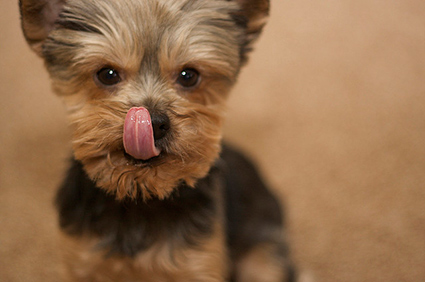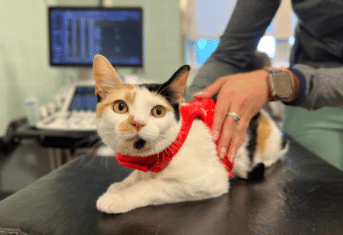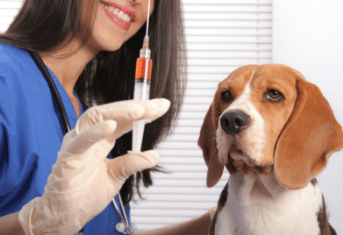Everyday Medicine: The Highs and Lows of Blood Sugar

Everyday Medicine: The Highs and Lows of Blood Sugar
Everyday Medicine is an intermittent series of blog posts highlighting tests, treatments and procedures commonly used at AMC. Some past examples of this type of blog post include “Vital Signs” or “Pulse Oximetry.” Today’s blog post will discuss blood glucose, colloquially referred to as blood sugar.
A Delicate Sugar Balance
The body’s main source of energy is sugar and without it, bodily functions grind to a halt. The body uses a number of organs to delicately balance the level of sugar in the blood stream. Consumption of sugar is not necessary to maintain an adequate blood sugar level. Food contains natural sugars which the digestive track processes and moves into the bloodstream. Once in the bloodstream, insulin helps drive the sugar into the cells in need of a sugar hit. If the blood stream has more sugar than is immediately needed, the liver converts sugar to glycogen and stores it for a time when dietary intake doesn’t meet the sugar requirement. Insulin also converts excess sugar to fat.
Determining Too High or Too Low
The veterinarians at AMC have several different monitoring tools for blood sugar. If the only test necessary is a blood glucose measurement, a test strip often used in the home monitoring of diabetic patients gives a quick answer. Our ICU often uses these strips in the management of newly diagnosed diabetic dogs and cats. Our ER or OR might use a machine that gives multiple results from one blood sample because they are interested in monitoring blood oxygen or electrolytes like potassium or calcium in addition to blood glucose. If your pet is having an annual examination at AMC, blood glucose will be part of a panel of blood tests used to screen for common diseases.
Sugar’s Too High
Insulin is the critical hormone responsible for keeping blood sugar in check. If the pancreas stop making insulin, the blood sugar increases, resulting in a diabetic state. Dogs and cats diagnosed with diabetes require daily insulin injections to keep their blood sugar controlled. The lack of insulin in dogs and cats with diabetes prevents the cells from getting the sugar they need, except for brain cells which are different and do not require insulin in order to utilize sugar as their source of energy.
Sugar’s Too Low
Many more diseases cause low blood sugar than cause elevations in blood sugar. Obviously, too much insulin can cause hypoglycemia, or low blood sugar, but some of the other causes are not so apparent. These include:
- serious systemic infection
- liver disease
- liver shunt
- insulin producing tumor
- adrenal gland failure or Addison’s disease
- xylitol ingestion
- automobile antifreeze or ethylene glycol ingestion
Regardless of its cause, hypoglycemia causes weakness, wobbly gait, confusion, collapse, seizures, and can even result in a coma. In the vast majority of hypoglycemic patients, an intravenous infusion of dextrose (a form a sugar) rapidly resolves the clinical signs and stabilizes a patient until the cause of the low blood sugar can be identified. If you notice any of these abnormalities, a trip to the closest animal ER is in order.

































